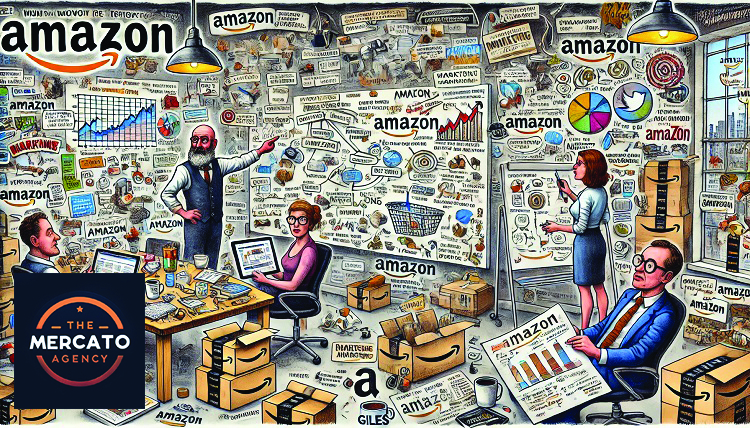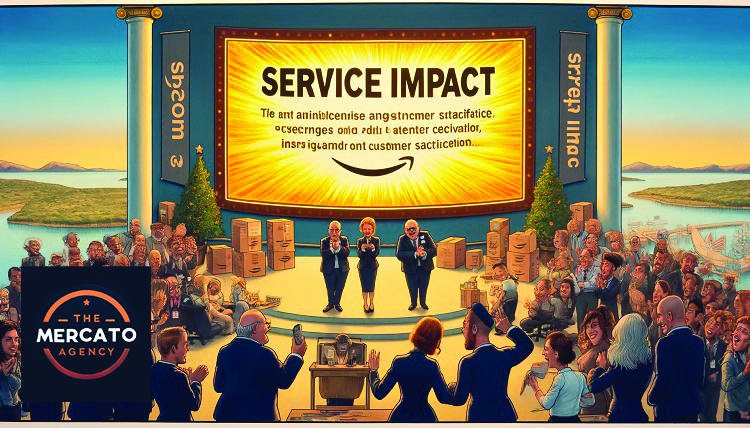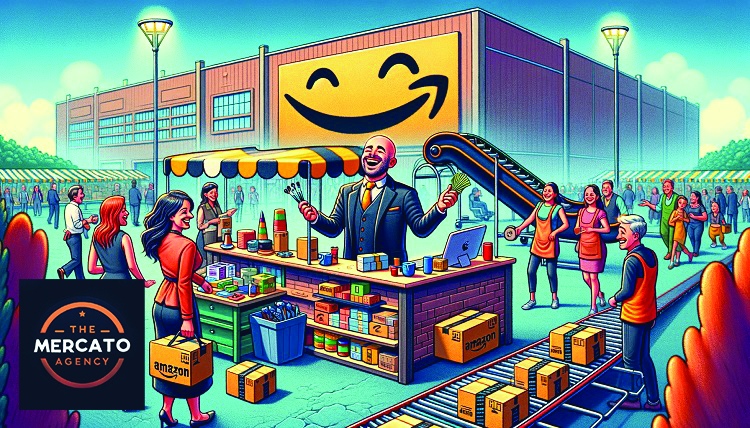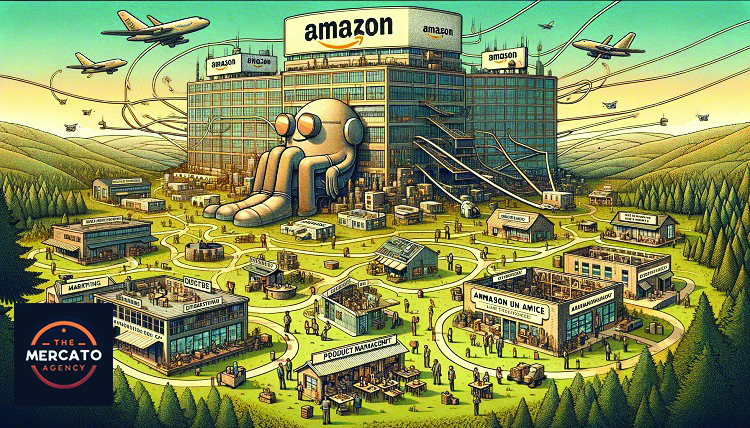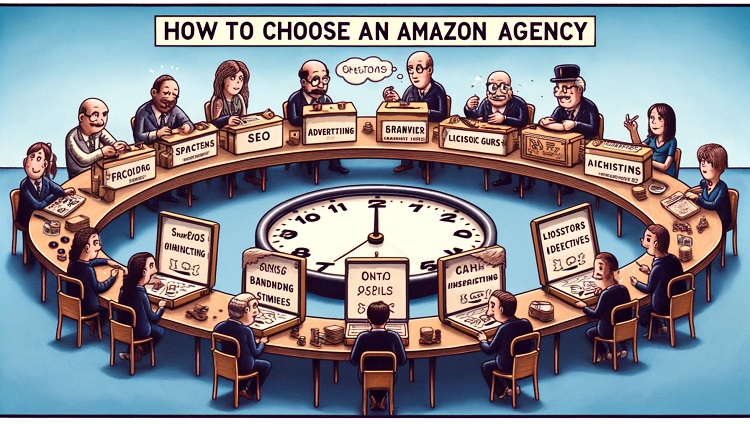Amazon Vender or Amazon Seller: Which is best for you business?
Navigating the Amazon platform effectively requires a nuanced understanding of its two primary retail frameworks: Vendor Central and Seller Central.
Each offers a distinct path with unique benefits and challenges, tailored to different business models and objectives. Below is an exploration of these two options, highlighting the pros and cons of each to aid in determining the best fit for your business strategy.
Vendor Central: Direct Sales to Amazon
Vendor Central is an invite-only platform designed for manufacturers and distributors. In this model, you act as a wholesaler to Amazon, selling products directly to them. Amazon then takes on the responsibility of selling these products to consumers.
Pros:
- Streamlined Operations: Amazon handles selling, shipping, and customer service, reducing your operational burden.
- Increased Trust: Products gain a “sold by Amazon” tag, potentially increasing consumer trust and perceived authenticity.
- Marketing Opportunities: Access to additional marketing tools and programs such as Amazon Vine, Subscribe & Save, and A+ Content for enhanced product listings.
Cons:
- Control and Flexibility: Less control over pricing, with Amazon determining product prices to remain competitive.
- Payment Terms: Longer payment cycles, which can be challenging for cash flow.
- Limited Interaction with Customers: Minimal direct customer interaction, offering less insight into consumer behavior and preferences.
Seller Central: Direct Sales to Customers
Seller Central allows businesses to sell products directly to Amazon’s customers. It’s an open platform that any business can join, offering two main selling plans: Individual and Professional.
Pros:
- Price Control: Sellers maintain control over their product prices, allowing for dynamic pricing strategies.
- Customer Interaction: Direct interaction with customers through reviews and Q&A, providing valuable insights into customer needs and preferences.
- Agility: Greater flexibility in managing inventory and responding to market changes.
Cons:
- Increased Responsibility: Sellers are responsible for inventory, fulfillment (unless using Fulfillment by Amazon), and customer service, requiring more hands-on management.
- Competition: Facing direct competition both with other marketplace sellers and Amazon’s own retail offerings.
- Fees: Depending on the plan and services utilized (like Fulfillment by Amazon), various fees apply, which can impact margins.
Choosing the Right Path
The decision between Vendor Central and Seller Central hinges on several factors, including your business model, operational capabilities, and strategic goals.
Vendor Central offers a more hands-off approach, ideal for those looking to leverage Amazon’s reach without the complexities of direct sales.
Seller Central, conversely, provides more control and direct market access, suited for brands aiming to build a direct relationship with their customer base and have more flexibility in managing their online presence.
Understanding the pros and cons of each option allows businesses to align their Amazon strategy with their broader eCommerce goals, ensuring they navigate this vast platform in a manner that maximizes their growth potential and market impact.
Related Article: Best Full Service Amazon Agency
Related Article: Amazon Glossary Terms and Acronyms

